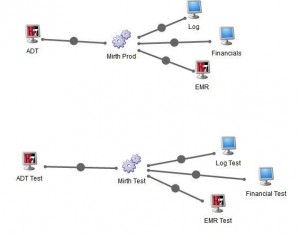Tip 22 in the Interoperability Tip Series
In the previous tip, we talked about documenting your interfaces and workflows – especially important for HIE organizations. This tip is all about our recommendations for what to look for when you’re planning out how to organize your assets – documentation, requirements, test scenarios, and the rest.
4 Capabilities to Seek Out
- Visualize all of your interoperability assets, from multiple interface engines to the interfaces themselves.
- Cover the entire interface lifecycle.
- Access a library of interfacing assets and manage assets so you can take an instant inventory.
- And it should provide all this regardless of the interface engine you’re using
Tips for Artifact Management
Interfacing artifacts can grow over time. You maintain two profiles for your source and destination system. You conduct a gap analysis and your engine handles message transformation. But message transformation is part of workflow. You need test plans and test data. Keep all these artifacts together and include workflow. As you develop and implement interfaces, these can grow. In terms of managing interoperability and interfacing assets, you should keep them in a central repository.
Caristix Resources
Track assets using our Interface Asset Template.
Consider Caristix Workgroup software when you need to share these assets across a team.View the 16-minute on-demand demo.

